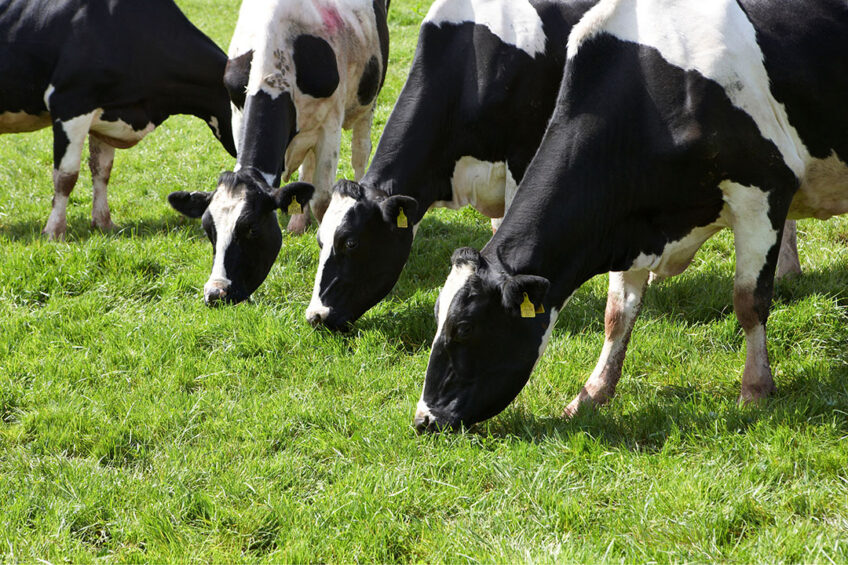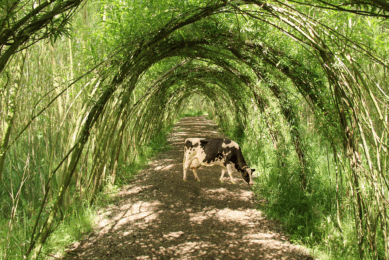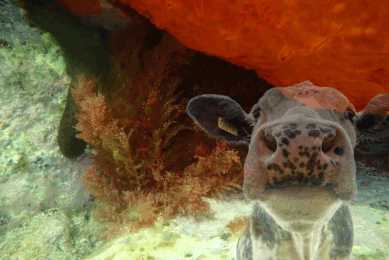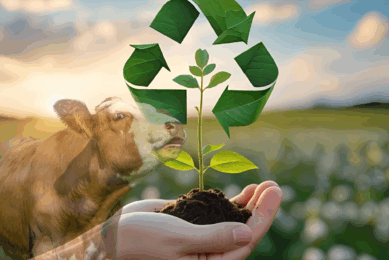Sustainable livestock production: Challenges & impact on the feed sector

Feeding livestock in harmony with circularity supports the environment and climate protection, according to a leading academic.
Professor Dr Wilhelm Windisch, past chair of animal nutrition at the Technical University of Munich School of Life Sciences, challenged the myth livestock was considered by many to “pollute the environment” and “compete with humans for food.”
Prof Windisch told the Shothorst Feed Research webinar that he didn’t want to fight against these narratives but to look at the myth of animal feed being unsustainable.
The world’s agricultural area is shrinking rapidly – down from 3,800 square metres in 1970 to a predicted 1,500 sq metres by 2050. This was prompting some to call for a halt on livestock production, which Windisch described as an interesting question, as he highlighted that agriculture produces biomass that is non-edible for the most part – grassland, crop rotation (clover) and co-products (straw).
We can produce food without competition to humans.
Large swathes of grassland cannot be converted to arable land producing vegan food because:
The climate is too humid or dry and/or there is a short vegetation period
The topography is not conducive to livestock – ie, it is too steep or floods easily
Conversion would release dramatic amounts of CO2
Non-edible biomass
Absolute grassland covers major proportions of the total agricultural areas including 40-70% of Alpine regions and around 30% within Central Europe. So, in the future it will be important to make the best use of non-edible biomass.
1kg of vegan food generates at least 3-5kg of non-edible biomass, containing a large amount of plant nutrients – nitrogen and phosphorus. Among the strategies to recycle, plant nutrients were put directly back into the soil, but this was inefficient and produced high emissions; fermentation to biogas with residues kept as storable fertilisers for precision farming or feeding to livestock. Livestock dung is a storable fertiliser and is much more efficient, he said and represented a win-win situation as it also produces food. “We can produce food without competition to humans.”
Livestock delivers high quality food protein
“Livestock delivers high quality food protein and kilocalories from a given agricultural area equivalent to 50-100% of primary vegan food without food competition, solely from circulation of inevitably occurring, non-edible biomass, simultaneously delivering fertilisers and promoting vegan production.”
Carbon footprint of bread higher than chicken
Windisch touched on the trade-off between emissions, efficiency and food competition, where he pointed out that the carbon footprint of protein from bread was higher than for chicken and eggs and on a par with pork when looking at per gram of protein.
Beef: Feed from non-edible grassland
He said it was important to look at what kind of land was used. Poultry CO2 equivalent was derived from feed from arable land but were the strongest food competitors. Beef which has the highest carbon footprint due to the high quantity of methane produced, had feed from non-edible grassland.
But while “feeding ruminants just seems to be inefficient and dirty, at absence of food competition, however, it is the most efficient way to make use of non-edible grassland.”
Methane & CO2 emissions
One issue that causes problems is methane production, although there are signs (Kuhla et al 2022) that current ruminant head counts and their methane emissions have already fallen below the pre-industrial level in Germany.
While it is a strong greenhouse gas it is quickly degraded, with a half live within 8 years: “At constant head counts, ruminants do not increase atmospheric CH4 concentration and hence do not heat up the atmosphere. Carbon dioxide is extremely stable and accumulates in the atmosphere. Once emitted from fossil fuel energy sources, it does not stop heating up the atmosphere.”
So he suggested, agriculture should:
Look to stop using fossil energy use on farm and switch to ruminants.
Build up carbon sinks such as faster grassland, clover/alfalfa and agro forestry
Maintain ruminant production at minimised methane burdens
Rise in emissions per unit of nutrients
Abstinence from livestock feeding, he argued, does not relieve the environment or climate, it destroys food delivered from livestock for free and forces the doubling of “vegan” harvests on limited arable land which in turn would prompt a severe rise in emissions per unit of nutrients.
Concluding he said, the impact of livestock feeding on the environment and climate had 2 steps:
Feeding within circularity: fully sustainable, but limited and low-input production capacity.
Feeding through food competition: a burden to the environment and climate but highly productive.











